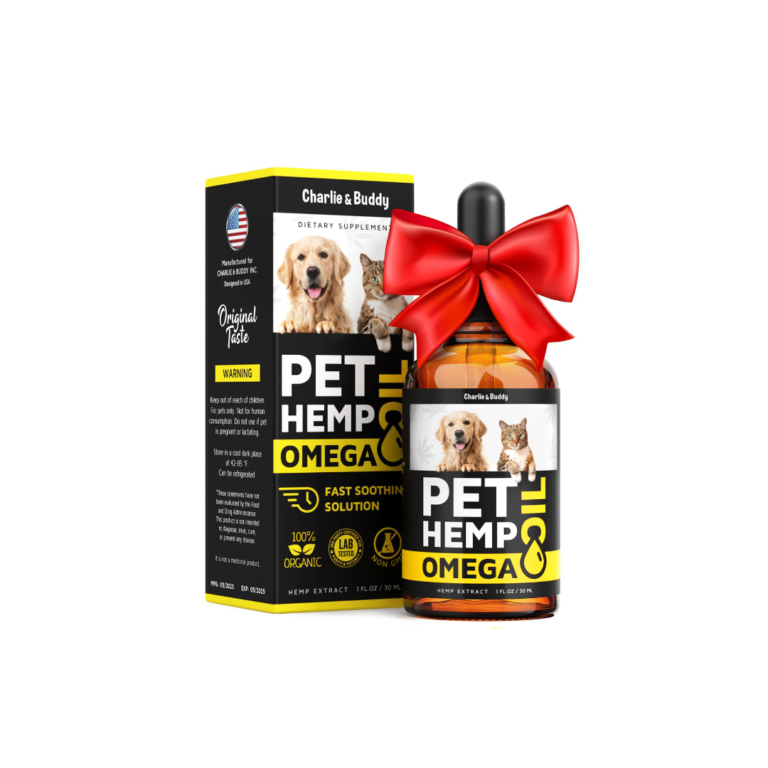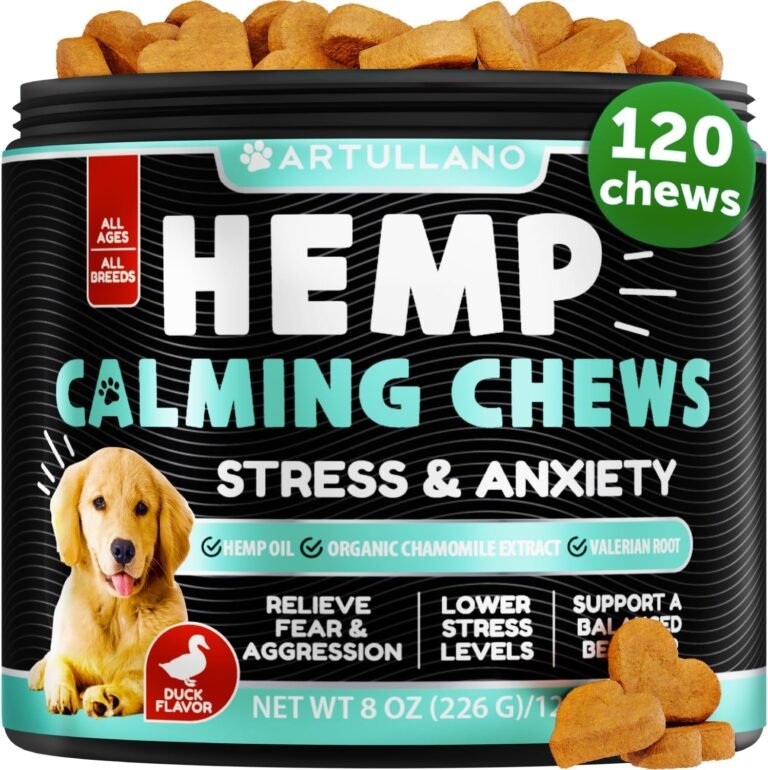Balancing Your Pet’s Diet: Nutrition Tips and Tricks
Proper nutrition is essential for maintaining your pet’s overall health and well-being. In this article, we will explore the importance of a balanced diet for your pet, nutrition tips, how to choose the right food, creating a balanced meal plan, introducing new foods, and finding the right balance with supplements and treats. Here are the key takeaways:
Key Takeaways
- Understanding your pet’s nutritional needs is crucial for their overall health.
- Identify your pet’s specific dietary requirements to ensure they are getting the right nutrients.
- Be aware of common nutritional deficiencies in pets and take steps to address them.
- Decoding pet food labels can help you make informed choices about the right food for your pet.
- Consider special dietary needs, such as allergies or health conditions, when choosing your pet’s food.
Understanding Your Pet’s Nutritional Needs
The Importance of a Balanced Diet
A well-balanced diet not only helps prevent obesity and related health issues but also contributes to a shiny coat, strong teeth, and a robust immune system. By investing in nutritional counseling for your pet, you are investing in their long-term health and happiness.
Identifying Your Pet’s Specific Dietary Requirements
We understand the vital importance of maintaining a healthy weight for your pets. Here are some professional tips to help you in your pet’s wellness journey:
- Monitor your pet’s diet: Assess the ingredients and portion sizes of the food you’re providing. Opt for high-quality, balanced meals that are appropriate for your pet’s size and life stage. Avoid feeding them excessive treats, table scraps, or foods produced from non-natural or limited natural ingredients.
- Get them regular exercise: Engage in activities that suit your pet’s breed and energy level.
Choosing the Right Food for Your Pet
Decoding Pet Food Labels
When it comes to choosing the right food for your pet, understanding how to decode pet food labels is essential. Pet food labels provide important information about the ingredients, nutritional content, and feeding guidelines of the product. Here are some key points to keep in mind:
- Ingredients: Look for high-quality, nutritious ingredients such as real meat, whole grains, and vegetables. Avoid products that contain fillers, by-products, or artificial additives.
- Nutritional Content: Check the guaranteed analysis section to ensure that the food meets your pet’s specific dietary needs. Look for appropriate levels of protein, fat, and carbohydrates.
- Feeding Guidelines: Follow the recommended feeding guidelines provided on the label. Adjust the portion size based on your pet’s age, weight, and activity level.
Remember, decoding pet food labels can help you make informed decisions and choose the best food for your furry friend.
Differentiating Between Commercial and Homemade Diets
When it comes to choosing the right diet for your pet, you have two main options: commercial diets and homemade recipes. Commercial diets are convenient and readily available, but they may not always provide the balanced meals your pet needs. On the other hand, homemade recipes can be tailored to meet your pet’s specific nutritional requirements and can be a great option for dogs with health issues. However, home-cooking for dogs requires time, dedication, and commitment. It’s important to do your research and ensure nutritional balance by using supplements designed for homemade recipes. So, what does this all mean for you and your dog?
Considering Special Dietary Needs
When it comes to special dietary needs, it’s important to consider factors such as age, size, breed, activity level, and any existing health conditions. Our professional team can demystify ingredient lists, explain the importance of balanced and complete nutrition, and recommend suitable brands or recipes. We can also advise on portion control, feeding schedules, and appropriate treats. Nutritional care encompasses important discussions on food allergies, intolerances, and the benefits of specialized diets for certain health conditions. By investing in nutritional counseling for your pet, you are investing in their long-term health and happiness.
Creating a Balanced Meal Plan
The Role of Macronutrients in Your Pet’s Diet
Macronutrients are the essential nutrients that provide energy and support various bodily functions in your pet. They include proteins, carbohydrates, and fats. Proteins are important for muscle development and repair, while carbohydrates provide energy. Fats are a concentrated source of energy and also help with nutrient absorption. It’s important to provide a balanced combination of these macronutrients in your pet’s diet to ensure optimal health and well-being.
When choosing pet food, look for options that contain a good balance of proteins, carbohydrates, and fats. Read the labels carefully to understand the macronutrient composition of the food. Your veterinarian can provide guidance on the specific macronutrient requirements for your pet based on their age, breed, and activity level.
Here are some general guidelines to keep in mind when it comes to macronutrients in your pet’s diet:
- Proteins: Choose high-quality sources of protein, such as lean meats or fish. Avoid foods that contain excessive amounts of fillers or by-products.
- Carbohydrates: Opt for complex carbohydrates like whole grains and vegetables. Avoid foods that are high in simple sugars.
- Fats: Include healthy fats in moderation, such as those found in fish oil or flaxseed. Avoid foods that are high in saturated or trans fats.
Remember, it’s always best to consult with your veterinarian to determine the specific macronutrient needs of your pet and to ensure you’re providing a balanced and nutritious diet.
Incorporating Essential Vitamins and Minerals
Incorporating essential vitamins and minerals into your pet’s diet is crucial for their overall health and well-being. These nutrients play a vital role in supporting various bodily functions and promoting optimal growth and development. Look for brands that use premium ingredients and have undergone rigorous testing to ensure safety and quality. Additionally, consider consulting with your veterinarian to determine if your pet would benefit from any specific supplements to address their individual needs. By providing a balanced and nutrient-rich diet, you can help your pet thrive and enjoy a happy and healthy life.
Understanding Portion Control
When it comes to feeding your pet, portion control plays a crucial role in maintaining their overall health and well-being. Providing the right amount of food ensures that your pet receives the necessary nutrients without overeating or undernourishing. It’s important to consider factors such as your pet’s age, weight, activity level, and specific dietary requirements when determining their portion size.
To help you navigate portion control effectively, here are some key tips:
- Measure the amount of food you serve your pet using a measuring cup or a kitchen scale. This ensures accuracy and consistency in their daily intake.
- Follow the feeding guidelines provided by the pet food manufacturer. These guidelines are typically based on your pet’s weight and can serve as a starting point for portion control.
- Monitor your pet’s body condition regularly. Adjust their portion size accordingly if you notice weight gain or loss.
- Avoid free-feeding, where food is available to your pet at all times. Instead, establish regular meal times to control their intake.
Remember, providing a balanced and appropriate portion size is essential for your pet’s overall health and longevity.
Introducing New Foods to Your Pet
Gradual Transitioning for Optimal Digestion
When introducing new foods to your pet, it’s important to do so gradually to ensure optimal digestion. Automatic Self Cleaning Cat Litter Box This allows your pet’s digestive system to adjust to the new ingredients and prevents any potential digestive upsets. Start by mixing a small amount of the new food with their current food, gradually increasing the proportion of the new food over a period of about a week. Monitor your pet’s reaction to the new food during this transition period, looking out for any signs of discomfort or allergies. If your pet experiences any adverse reactions, consult with your veterinarian for guidance.
Avoiding Common Food Allergens
When it comes to your pet’s diet, it’s important to be aware of common food allergens. Food allergies can cause a range of symptoms, from digestive issues to skin irritations. By identifying and avoiding these allergens, you can help keep your pet healthy and comfortable. Some common food allergens for pets include wheat, soy, corn, and dairy. If your pet has a known allergy or intolerance, it’s best to consult with a veterinarian or a pet nutritionist to develop a suitable diet plan. They can recommend alternative ingredients or specialized diets that are free from these allergens. Additionally, it’s important to read pet food labels carefully to ensure that the food you choose does not contain any potential allergens. By taking these steps, you can provide your pet with a balanced and allergen-free diet that promotes their overall well-being.
Monitoring Your Pet’s Reaction to New Foods
When introducing new foods to your pet, it’s important to monitor their reaction closely. Food allergies and intolerances can occur, and it’s crucial to identify any adverse effects early on. Start by introducing small amounts of the new food and observe your pet for any signs of discomfort or digestive issues. Remember, each pet is unique, and what works for one may not work for another. Take the time to understand your pet’s individual needs and make adjustments accordingly.
Supplements and Treats: Finding the Right Balance
The Role of Supplements in Your Pet’s Diet
Supplements can play a crucial role in supporting your pet’s overall health and well-being. They can provide additional nutrients that may be lacking in their regular diet, helping to fill any nutritional gaps. Additionally, supplements such as omega-3 fatty acids can promote healthy skin and coat, while probiotics can support digestive health. Remember, supplements should always be used as a complement to a balanced diet and not as a replacement.
Choosing Healthy and Safe Treat Options
When it comes to choosing treats for your pet, it’s important to prioritize their health and safety. Here are some tips to help you make the best choices:
- Look for treats that are made with high-quality, natural ingredients. Avoid treats that contain artificial colors, flavors, or preservatives.
- Consider your pet’s dietary needs and any specific health conditions they may have. Some treats are specially formulated to support joint health, dental hygiene, or digestive health.
- Pay attention to portion sizes. Treats should be given in moderation to prevent overfeeding and weight gain.
Remember, treats should be a supplement to your pet’s balanced diet, not a replacement for it. If you have any concerns or questions about choosing the right treats for your pet, consult with your veterinarian for personalized advice and recommendations.
Avoiding Overfeeding and Weight Gain
To ensure your pet maintains a healthy weight, it’s important to avoid overfeeding and weight gain. Monitor your pet’s diet by assessing the ingredients and portion sizes of the food you’re providing. Opt for high-quality, balanced meals that are appropriate for your pet’s size and life stage. Avoid feeding them excessive treats, table scraps, or foods produced from non-natural or limited natural ingredients. Regular exercise is also crucial for weight management and overall well-being. Engage in activities that suit your pet’s breed and energy level, such as vigorous walks or playtime in the backyard. Exercise not only aids weight management but also keeps your pet mentally and physically stimulated. Additionally, it’s important to monitor your pet’s weight progress regularly. Keep track of their weight and body condition, aiming for a slow and steady approach to weight loss if necessary. Rapid weight loss can be detrimental to your pet’s health. By following these tips, you can help your pet maintain a healthy weight and improve their overall quality of life.
Supplements and treats play a crucial role in maintaining the health and well-being of our beloved pets. At Whisker Wellbeing, we understand the importance of finding the right balance when it comes to providing our furry friends with the nutrients they need. Our holistic and natural approach ensures that your pets receive the best care possible. We offer a wide range of products, including CBD, hemp, and other natural options, all carefully selected to enhance the physical and emotional quality of life for your pets. With Whisker Wellbeing, you can trust that you are giving your pets the care they deserve. Visit our website today to explore our products and give your pets the gift of well-being.
Conclusion
In conclusion, maintaining a balanced and nutritious diet is essential for your pet’s overall health and well-being. By monitoring their diet, providing regular exercise, and seeking professional guidance, you can ensure that your furry friend stays healthy and happy. Remember to choose high-quality, balanced meals and avoid excessive treats or non-natural ingredients. Additionally, keeping track of their weight progress and consulting with a veterinarian can help you manage their weight effectively. Whether you opt for commercial pet food or homemade recipes, make sure to prioritize their nutritional needs. Your pet’s nutrition and weight management are in your hands, and with the right care, they can enjoy a long and vibrant life by your side.
Frequently Asked Questions
What are the nutritional needs of my pet?
Pets have specific nutritional needs based on their species, breed, age, size, and activity level. It is important to provide a balanced diet that includes proteins, carbohydrates, fats, vitamins, and minerals to support their overall health.
How do I identify my pet’s specific dietary requirements?
Consult with a veterinarian to determine your pet’s specific dietary requirements. They can assess factors such as age, breed, weight, and any existing health conditions to recommend the appropriate diet.
What are common nutritional deficiencies in pets?
Common nutritional deficiencies in pets include lack of essential vitamins and minerals, inadequate protein intake, and imbalances in the ratio of macronutrients. These deficiencies can lead to various health issues, such as poor coat quality, weakened immune system, and digestive problems.
How do I choose the right food for my pet?
When choosing pet food, look for high-quality brands that use natural and wholesome ingredients. Read the labels carefully to understand the ingredients and nutritional composition. Consider your pet’s specific needs, such as age, breed, and any existing health conditions.
What is the difference between commercial and homemade diets for pets?
Commercial diets are pre-packaged pet foods that are formulated to meet the nutritional needs of pets. Homemade diets involve preparing meals at home using fresh ingredients. Commercial diets offer convenience and a balanced nutrient profile, while homemade diets allow for more control over ingredients but require careful planning to ensure nutritional balance.
Are there special dietary needs for pets with health conditions?
Yes, pets with certain health conditions may require specialized diets. For example, pets with food allergies or sensitivities may need hypoallergenic diets. Pets with kidney disease may require a low-protein diet. Consult with a veterinarian to determine the appropriate diet for your pet’s specific health condition.







